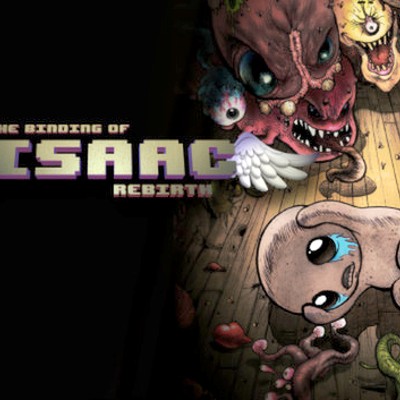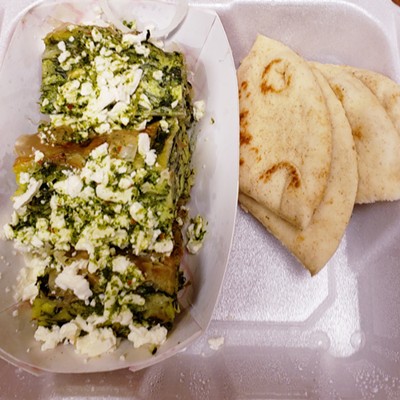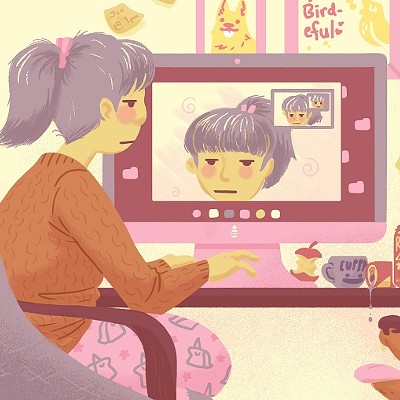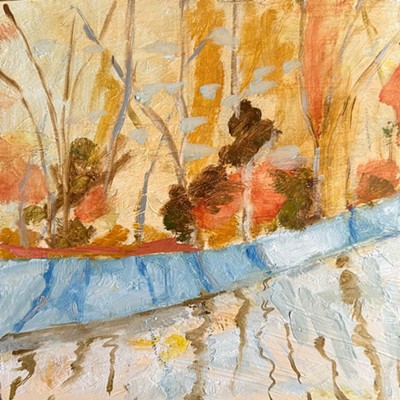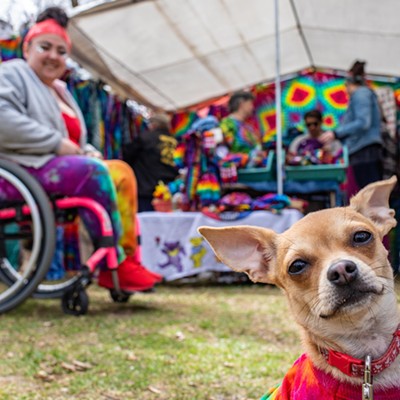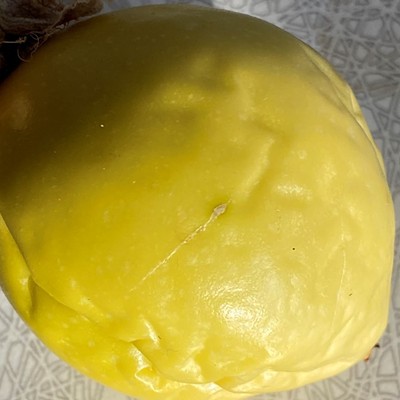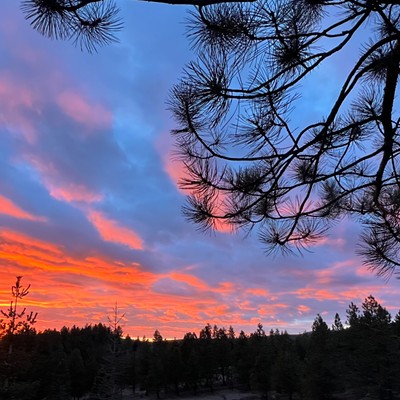To be clear, I’m not an emoji enthusiast. That’s not to say I don’t use them — I do. And abuse them. I’m also a bit judgey about people who do the same.
I read an article recently that compared emojis to the exclamation point. They add color, expression and emotion to ordinary words and, in excess, make you feel like you’re in junior high all over again. No wonder they can be a bit nauseating.
The nice thing about an exclamation point is there’s only one to choose from: use it or don’t. With emojis, there are 1,851 options. And that’s just the official count for today. That number is only going up, so it’s really not a good time to be an emoji hater.
Maybe there are real emoji users who know what they’re doing, but I suspect I’m not the only one who is just faking it and hoping no one notices. If that theory is correct, then as long as you’re faking it with someone else who is faking it, then you don’t need to know how to use emojis — you just need to act like you do.
I’ve been faking it with emojis since my kids showed me how to get the emoji keyboard a couple years ago. Most of them time, I’m just throwing out some tacos and party horns and Flamenco dancers because, well, that’s what everyone else is doing. I assume that means “Woohoo! Tacos!” — true and relevant to most of my conversations — but it may mean something else. I don’t really know.
I do know that, like an exclamation point, you use emojis at the end of a statement — or between statements, if there is a shift in meaning. Say you text your kids, who are home alone, “I’ll be home soon.” Followed by smiley faces, clapping hands, party horns and cake, the phrase means something very different than if followed by a scared face, lightning bolt, coffin and, I don’t know, a spider.
Besides their value in issuing threats, emojis can add humor to your texting life. They’re well-suited for sarcasm, exaggeration and commentary. My friend who texted when she didn’t eat an entire batch of cookies in one sitting? She got a bunch of trophies and blue ribbons. For those of us who sometimes get in trouble for what we say, emojis can be an appealing alternative.
They’re great for storytelling too. Like the time we took a family trip to the hot springs and saw a little “less” than we bargained for? “No” symbol, “bathing suit,” “see-no-evil monkey.” That was what happened. I talked to a couple the other day who even makes a game of it — one will text a series of emojis and the other replies with a corresponding story.
The thing is, your emojis — like your exclamation points — have to come from the heart. I sometimes use those things to substitute for actual caring, and that’s when my emoji game really falls off. Find your enthusiasm or just go plainly without it — no one likes a fake emojier.
And don’t ever use an emoji in place of a word. That is not what the cool kids are doing, and your kids or grandkids will totally be on to you. You’re going to end up as a screenshot Internet joke for sure.
Not that the very existence of emojis is already a bad joke taken too far.
Emoji FAQ:
What are emoji?
Emoji are digital images used to express an emotion or idea. It’s like a single letter of the alphabet, but more complex and with more meaning — a little bit like a character in the Japanese or Chinese language. In fact “emoji,” translated from Japanese is “image character.” They’re different from an emoticon, which uses punctuation marks to create what resembles a facial expression — like this : )
Where did they come from?
Japan is the birthplace of the emoji, with the first emoji being the heart shape, according to a Mental Floss video on the subject. Shigetaka Kurita is credited with inventing them and the first 176 characters were loaded onto phones and in use by the late 1990s. In 2007, Google added emojis and the characters were standardized, a role now held by Unicode.
How do I know what an emoji means?
While there are general “grammar” rules with emoji use and generally accepted meanings for many of the icons, emojis don’t have a standard, worldwide definition. In many ways, emoji are a developing language with varied dialects. We have the images, but meanings are vague and not always agreed upon. To find the name of an emoji and typical meaning, visit emojipedia.org, or to see the meaning of an emoji phrase or string of images, visit www.wikemoji.com or www.emojisaurus.com.


